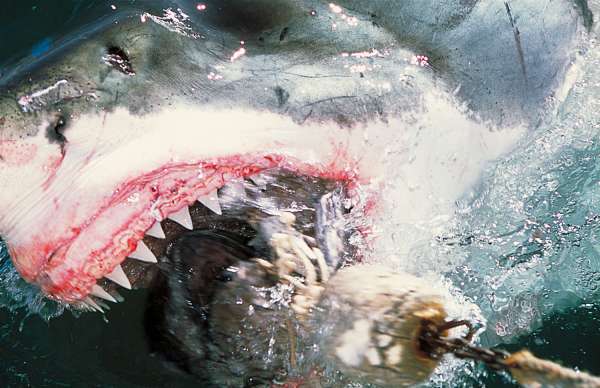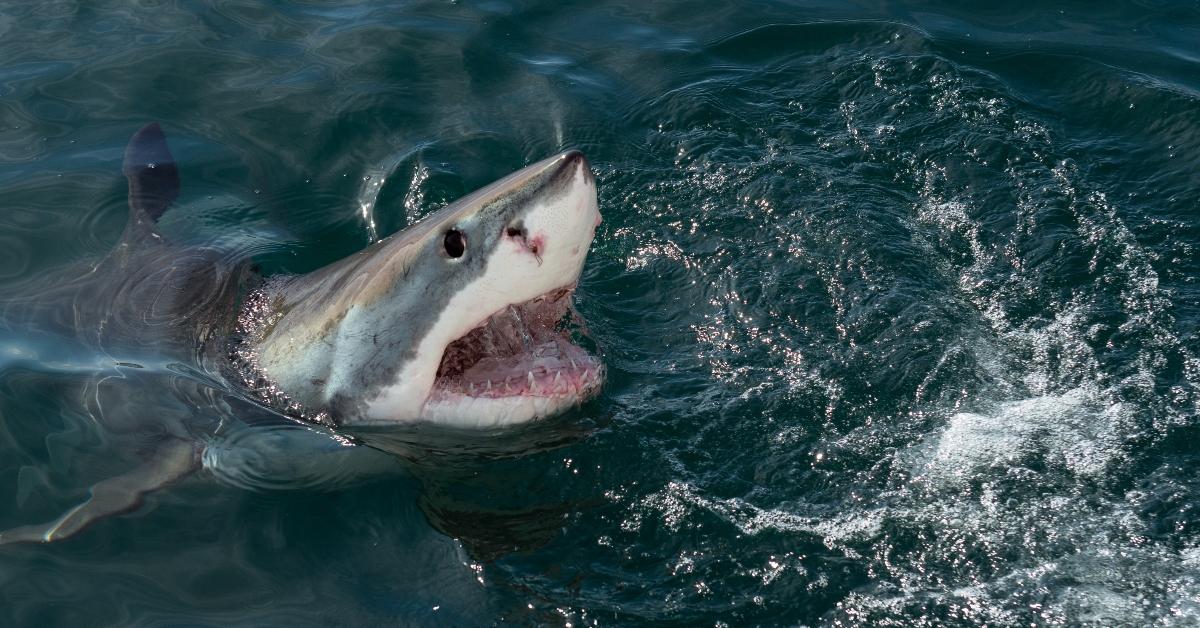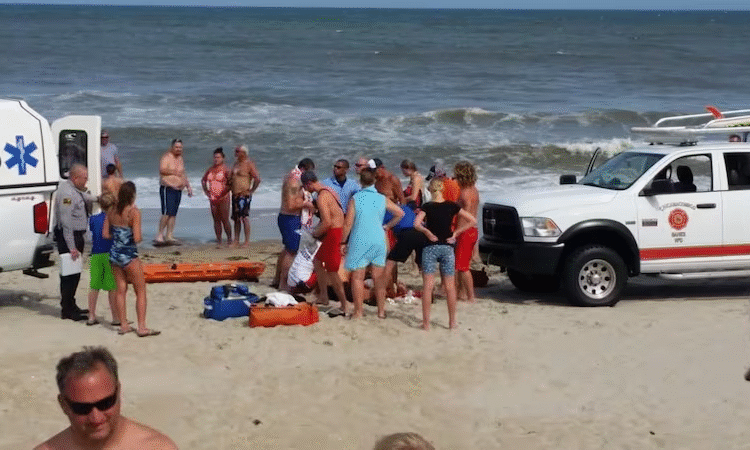Tragic Shark Attack at Las Vegas Reservoir Claims Lives of Local Fisherman and Officials
In a shocking and unprecedented incident, a tragic shark attack at Lake Mead, near Las Vegas, Nevada, has claimed the lives of several local fishermen and officials. The unusual event has left the community stunned and raised questions about the changing dynamics of wildlife in the region.
The Incident
On the morning of May 25, 2025, a group of five fishermen gathered at Lake Mead, one of the largest reservoirs in the southwestern United States, known primarily for its recreational fishing and boating activities. The group, consisting of local residents and fishing enthusiasts, had set out early to fish for bass and catfish.
Around 9:30 AM, chaos erupted when one of the fishermen was suddenly pulled into the water by what witnesses describe as a “large predator.” Panic ensued as the others attempted to rescue their companion. Unbeknownst to them, the lake had become home to an unexpected inhabitant — a large, aggressive shark.
A Rare Visitor to Lake Mead
Experts have since confirmed that the shark involved was a juvenile bull shark, a species known for its ability to thrive in both saltwater and freshwater environments. Bull sharks can travel far upstream into rivers and lakes, but their presence in Lake Mead has never before been recorded.
According to marine biologist Dr. Sarah Mitchell, “Bull sharks are incredibly adaptable and have been known to travel into freshwater systems. The unusual drought conditions and altered water levels at Lake Mead may have created an environment where a shark could survive.”
Response and Rescue Efforts
Following the attack, local officials and emergency services responded swiftly. Several park rangers and wildlife officers launched a rescue operation, but the aggressive behavior of the shark complicated efforts. Tragically, during the rescue attempts, two officials were also attacked while trying to save the fishermen.
Despite rapid medical intervention and airlifting the injured to nearby hospitals, three fishermen and two officials succumbed to their injuries. The victims included John Harris, a 45-year-old seasoned fisherman; Michael Alvarez, 39, a local boat operator; and officer Lisa Thompson, 32, who was praised for her bravery during the rescue.
Community Reaction and Mourning
The incident has deeply affected the Las Vegas community, which has long considered Lake Mead a safe recreational destination. Memorial services were held for the victims, attended by hundreds of locals who expressed their grief and solidarity.
Mayor Elizabeth Rivera issued a statement saying, “This tragic event is a heartbreaking reminder of the unpredictability of nature. Our thoughts and prayers are with the families of those lost, and we are committed to ensuring the safety of all who enjoy our natural resources.”
Environmental Concerns and Future Precautions
Environmental scientists are investigating how the bull shark found its way into Lake Mead. Some speculate that climate change, changing water conditions, and reduced water levels due to drought and human consumption have altered the lake’s ecosystem, allowing marine species to encroach inland.
In response, local authorities have temporarily closed certain areas of Lake Mead for public access while deploying monitoring equipment to track wildlife activity. Educational campaigns have been launched to inform visitors about potential dangers and safety precautions.
Conclusion
The tragic shark attack at Lake Mead marks a somber chapter in Las Vegas’s history, highlighting the complexities of human interaction with nature. As officials continue to study this rare phenomenon, the community remains vigilant, mourning the loss of brave fishermen and officials who paid the ultimate price.
This incident serves as a stark reminder that even in unexpected places, nature’s power demands respect and caution.














